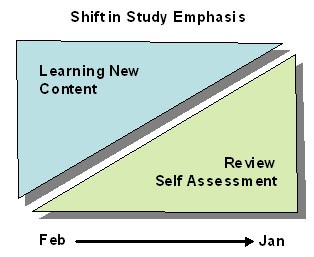General guidelines for developing a compensation program that protects and enhances the surgical education mission can be offered based on reported experience in academic medicine:
- The overall compensation program will substantially influence whether or not an educational component should be developed. Faculty activity is influenced by what is measured and rewarded and so it may be rational to develop a detailed educational measurement system if compensation based on clinical care is heavily influenced by work relative value units.
- Developing the metric used to measure educational contributions should be done by consensus and requires considerable time and effort. Most reported experiences have only sought to measure the quantity of educational effort but measures of quality should also be included.
- Medical schools have expanded their clinical effort so as to fund education and research missions.14 This has caused an expansion in clinical faculty which, combined with resident work hour reform, has produced a subset of faculty who have been described as “taxpayers” in that their only involvement with educational missions is to generate the clinical revenues that will fund them.15 A compensation program will need to recognize this valuable, albeit indirect, contribution to the educational mission.
- The administrative costs required to develop and manage these systems are not well described and the actual effect on incentivizing faculty to engage in teaching and other educational activities is not compelling. A good case can be made that extrinsically rewarding the creative work required to teach surgical learners will likely produce many negative consequences.16 Therefore, the case can be made that a better model requires some contribution to the educational mission as a part of the “citizenship” of belonging to the faculty with the details of that contribution being left to the departmental leadership and the individual faculty member.
- The educational value unit model is an adaptation of the clinical relative value unit system. The progressive surgical educator leader should begin to contemplate the best way to finance the surgical education mission as the fee-for-service model is disrupted by new population health finance models.

